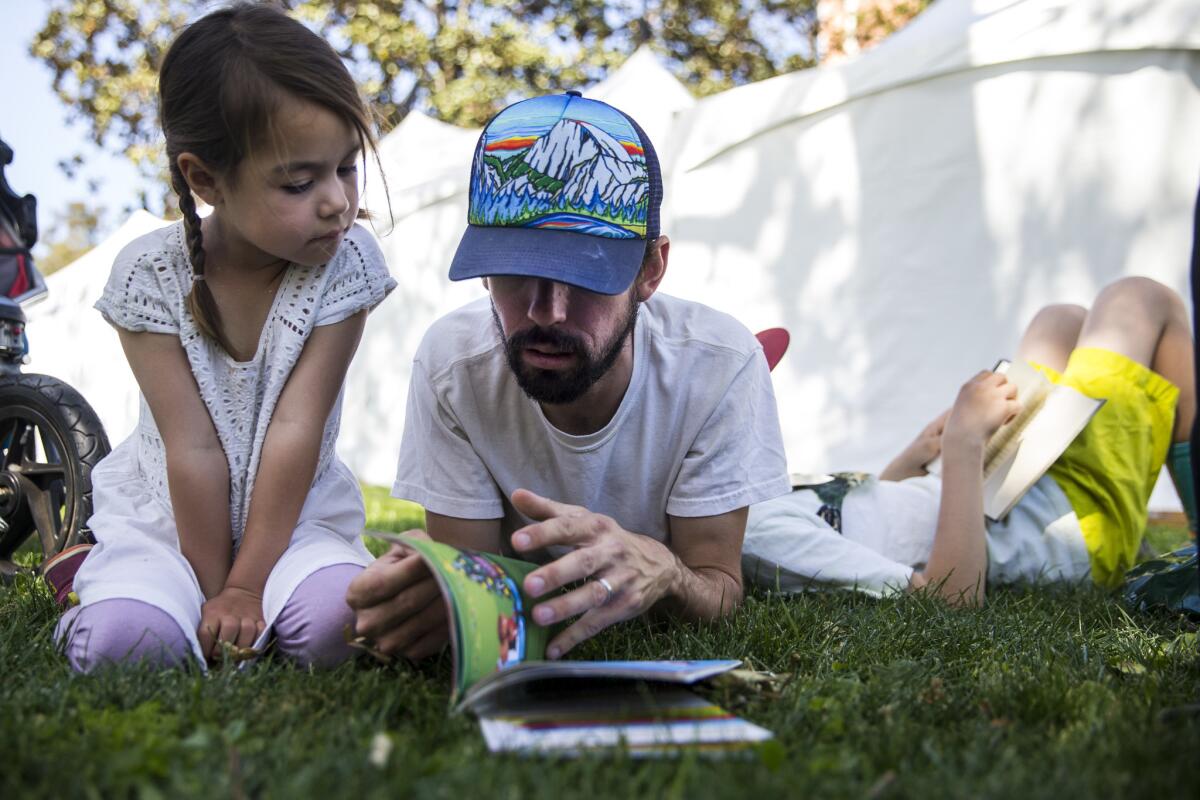Bond and learn with your child through reading

All parents want their children to succeed, but they may not be sure how to help. Research shows that home — rather than school — determines the size of a child’s vocabulary; the more language your children hear and use, the more reading and academic success they’ll enjoy. Activities that will help your young child become a strong, independent reader are free, easy and straightforward.
Give choices
Giving your child the choice to read, sing or play with a book makes reading time feel like a reward rather than homework or a chore. Have your child choose the book, describe the illustrations and make predictions about the story. Make up an alternative ending using the illustrations. Let your child turn the pages and ask open-ended questions (who, what, when, where, why, how). Repeat and expand on the answers.
Get help choosing a book
Librarians and teachers can recommend titles based on your child’s interests and reading level. Once you find a winner, look for more titles by that author or illustrator.
Gain access to books
You can find free books at your local library branch. Many schools allow families to borrow books. Ask for books as birthday or holiday gifts and bring a book or drawing materials everywhere you go.
Read in multiple languages
Bilingual children have an overall advantage in critical thinking and problem solving, and all children benefit from hearing different languages.
Be positive
Build positive memories with books. Aim to read for at least 15 minutes every day. If your child starts to push the book away, don’t argue! Move on to another title or conversation topic. And never use books or reading time as punishment.
Talk and listen
Book sharing, singing, talking and storytelling can all be a part of your daily family routine. Use books as a springboard for conversation. Narrate the world around you and invite your child to do the same. Ask questions and respond to your child’s comments.
More to Read
Sign up for our Book Club newsletter
Get the latest news, events and more from the Los Angeles Times Book Club, and help us get L.A. reading and talking.
You may occasionally receive promotional content from the Los Angeles Times.





